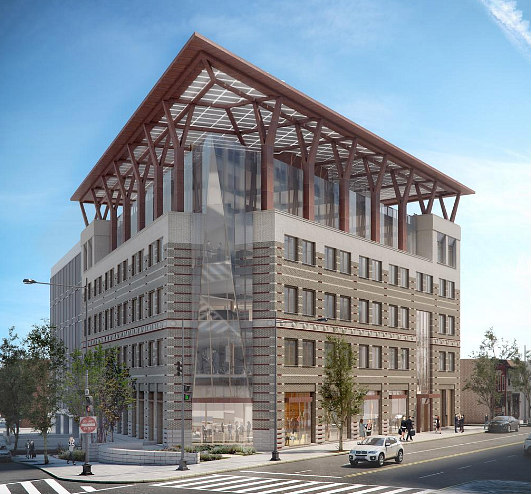Are construction disputes unavoidable?

Construction projects profiled in the media tend to be idealized. “The project finished on time and on budget, and the team worked together flawlessly due to mutual respect and excellent communication.” While there may have been bumps during construction, a solution was found, and everything turned out fine. Unfortunately, in reality, construction disputes and litigation are common. What, if anything, can be done to avoid them?
ConstructionDive has listed the top ten causes for construction claims.
- Change in scope.
- Physical conditions were unforeseen.
- Design was incorrect.
- Workmanship deficiencies.
- Design was incomplete.
- Poor management of subcontractors, suppliers or their interfaces.
- Design information was issued late.
- Contract management or administration failure.
- Contract interpretation issues.
- Access to the site was restricted or late.
Ultimately, many construction disputes involve construction defects. Travelers notes that construction defects, “… can result from deficiencies in a product itself, how something is designed, installed, operated or maintained. Damages might be seen immediately (such as a burst water pipe) or appear over time (such as a slowly shifting foundation).” A construction defect impacts a home’s value. Common types of defects that end up argued in court include:
- Mold
- Water issues
- Electrical and heating systems
- Landscaping and soil
- Faulty drainage
- Foundation, floor, wall, and roof cracks
- Dry rot
- Structural failure
- Plumbing
A 2017 survey was completed by the Community Associations Institute (CAI), an international organization with over 40,000 members (members come from association board members, management firms and more), headquartered in Virginia that’s dedicated to building better communities. A survey of CAI members found that 57.3% of new condominium projects had a construction deficiency. The number dips to 17.7% of townhome communities and to 9.5% of single-family homes. Over 80% cited “… poor workmanship as the underlying cause of defects.” Water intrusion accounts for over 48.2% of the reported defects followed by roof deficiencies at 38.6% and structural deficiencies at 38.5%.
The CAI cited above notes that just 31.8% of claims end up being settled through court-ordered settlements. The majority are settled via direct negotiations or pre-litigation settlements. Yet the process is time consuming and stressful for builders and contractors. Settlements also sully a firm’s reputation. For the home/condo owner, the process is upsetting and frustrating.
Construction defect claims are not new. However, they seem to be steadily rising. What gives?
According to a 2022 New York Times article, the pandemic played a role. The Times reported that apartment buildings that came on line during the pandemic suffered from “… two years of stop-and-start construction, global supply chain issues, pressure from lenders and yo-yoing housing prices …” Other issues included labor shortages and soaring materials prices. The Times cited data that shows a 46% jump in complaints per building and projected the level of complaints will rise further.
ConstructionDive, in a different article than cited above, cites a couple reasons why construction draws litigation. Unlike most contracts that are between two parties, construction involves multiple parties. “With so many different interests, there’s just a lot of opportunities for things to go sideways.”
Lawyers cited in the article say avoiding litigation starts with the contract. Instead of using a form contract and simply changing minor details, a clear, well-written contract that focuses on the fine print is essential. Another strategy is “Contractors can also try to limit the types of claims that are permitted under certain scenarios.”
Good communication is also important. If issues arise or even the possibility of one arises, it’s better to communicate early and clearly. Small problems can grow into big problems, making litigation harder to avoid. Also, both parties should document everything. Thorough records help keep everyone on the same page. If a dispute does arise, parties may be reluctant to move to litigation knowing the other side has everything documented, so they are encouraged to settle.
The state of Virginia “… view[s] construction defect claims as a business risk to be borne by the builder, even when the claims arise out of negligent conduct that results in property damage.”
Reducing the litigious nature of construction is something everyone in construction would prefer. Making that a reality is not simple.
ProHome was founded by builders for builders 40 years ago in Wichita KS. Since starting operations in the DC Metro Area in 2002, we have provided multi-family developer acceptance/single-family quality inspections and third-party warranty management solutions involving over 25,000 units/homes. Our services deliver financial efficiency and seamless operational scalability during all economic cycles for our developer and builder clients.



